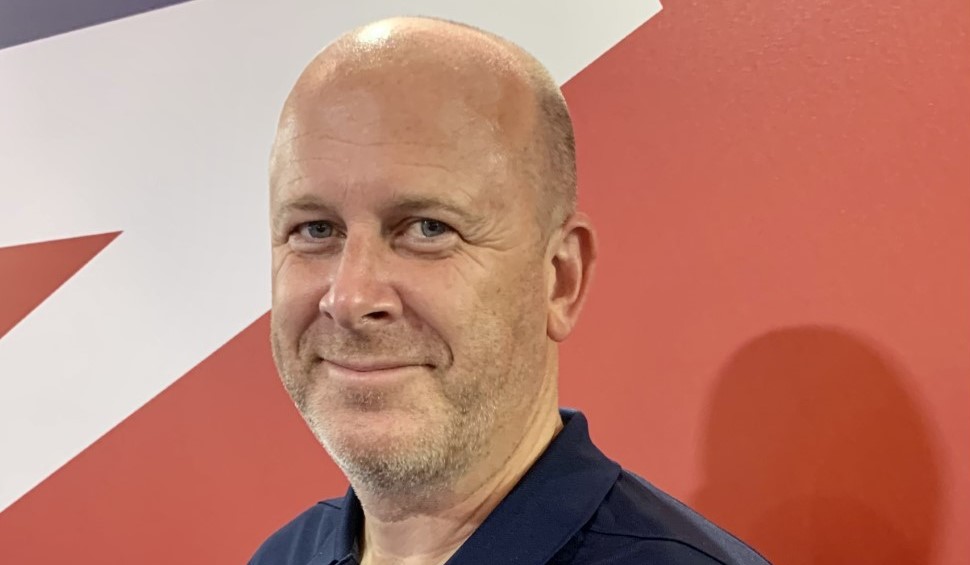Ben Griffin Explains How Oneweb’s LEO Constellation Will Change the IFC Market
Share
Ahead of APEX/IFSA EXPO, APEX Media spoke with Oneweb’s VP Mobility Ben Griffin to find out the latest about the company’s plans to disrupt commercial aviation’s in-flight connectivity market with its low-Earth orbit (LEO) satellite technology.
“We’re very well funded, and that’s not just random amounts of money coming from strange places,” Griffin explained. “It’s from companies creating relevant technology like Hughes and Softbank. Eutelsat’s investment is clearly a massive endorsement in LEO technology from an established satellite player. It’s actually quite refreshing when you look at the consolidation that’s happening in other parts of the market.”
Griffin is referencing the recent news that Viasat is acquiring Inmarsat. He elaborated, “The market has been seen as ripe for consolidation for some time, and it’s clear that some geostationary (GEO) satellite operators are having to make moves because of the imminent threat of LEO, which is a disruptive force coming to market fairly quickly. I’m not saying that’s the only reason for the move for the acquisition, but I’m sure it was an influencing factor.”
In terms of Oneweb’s timeline, the company is fiercely launching satellites, the most recent of which entered orbit on October 14. “We have 358 satellites up, just over half of the total 648 we need for global service. Launch completion is planned for the middle part of next year, which means by the end of 2022 we’ll have the global coverage to provide fixed and mobile services. There’s a bit more work to be done to the network to enable aviation services, so we’re looking at the middle of 2023 to flick that proverbial switch on that.”

The company hasn’t yet broken cover on who its distribution partners will be, but Griffin confirmed that Oneweb will follow an indirect business model, requiring partners to go to market. More news is expected on this in the next couple of months.
When asked if he agreed that Oneweb’s LEO offering would provide capacity at airport hotspots and be complimented by a GEO overlay across broader geographies – an idea discussed during a recent APEX Tech webinar – Griffin responded, “This is a myth we’re working hard to bust. To say that we could provide additional capacity over airports or certain land masses and then it’s a GEO overlay on the ocean suggests that for some reason we may have service degradation. We don’t, each of our 648 satellites has the same 8Gbps performance, so the service across the network is consistent everywhere.”
He added, “Once the industry gets used to the performance of LEO satellites, what that really high capacity and really low latency means for connectivity, people will want to use LEO much more. That said, it’s a new technology and I don’t expect the airline industry to opt out of a GEO complement just yet. It’s a sensible place to be positioning ourselves for now. I agree with the high-level hypothesis that there is room for both, but I think once people start to understand the performance benefits of LEO that will diminish.”
Griffin concluded the interview by referring back to Oneweb’s tagline, “Connectivity is restricted by imagination, not by bandwidth.” He went on, “We want to enable anything that airlines want to be able to do from a service provider perspective. That’s really the only thing the airlines should care about, not whether they have the bandwidth or the latency is too low.” While he believes nothing has been good enough to allow for that yet, Griffin predicts that Oneweb’s service will change things significantly.


